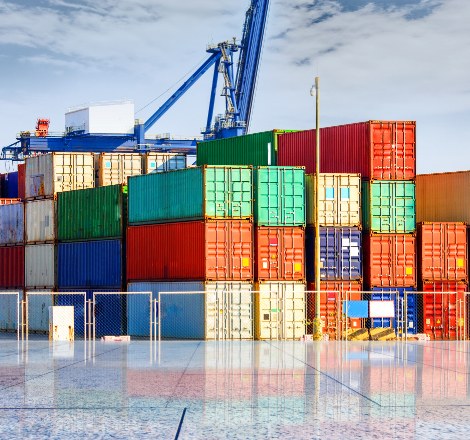
Packaging needs to be designed taking these stresses into consideration.


Static stresses are caused by stacking and standing cargo on the floor of the container. The main factor is stacking pressure, causing bending and buckling, particularly in the bottom layers. The stacking pressure depends on the dimensions, weight, shape and height of cargo involved.
Dynamic stresses can be further classified into 2 categories :
Free fall Free fall (dropping),
tipping (by exceeding tilting moment),
tumbling (rolling edge over edge),
bumping (during hoisting, abrupt setting-down or bumping by other cargoes),
jolting impacts (during switching),
bumping against vehicle walls or other cargo, etc
occurs due to the movement of the vehicle/vessel,
shaking,
chaffing (vehicle running),
unevenness of travel way, etc.

Climatic stresses act on the packages throughout the entire duration of transport and storage. The impact on the cargo due to climatic loads is dependent on the following three major factors:

High temperatures, moisture or poor ventilation in the container can lead to cargo or packaging being attached by insects, fungi, mould, bacteria or micro-organisms. Sometimes the cargo is biologically contaminated even before it is loaded into the container. Hence some countries regulate the fumigation of packaging and dunnage by low. We at Hirji Logipack strictly follow the ISPM 15 guidelines.

Chemical loads depend on the type of cargo, temperature, moisture and movement of the ship. Some chemical products tend to heat spontaneously. Hazardous goods must be transported in accordance with the hazardous goods regulations. One basis is the IMDG Code, published by the International Maritime Organisation.